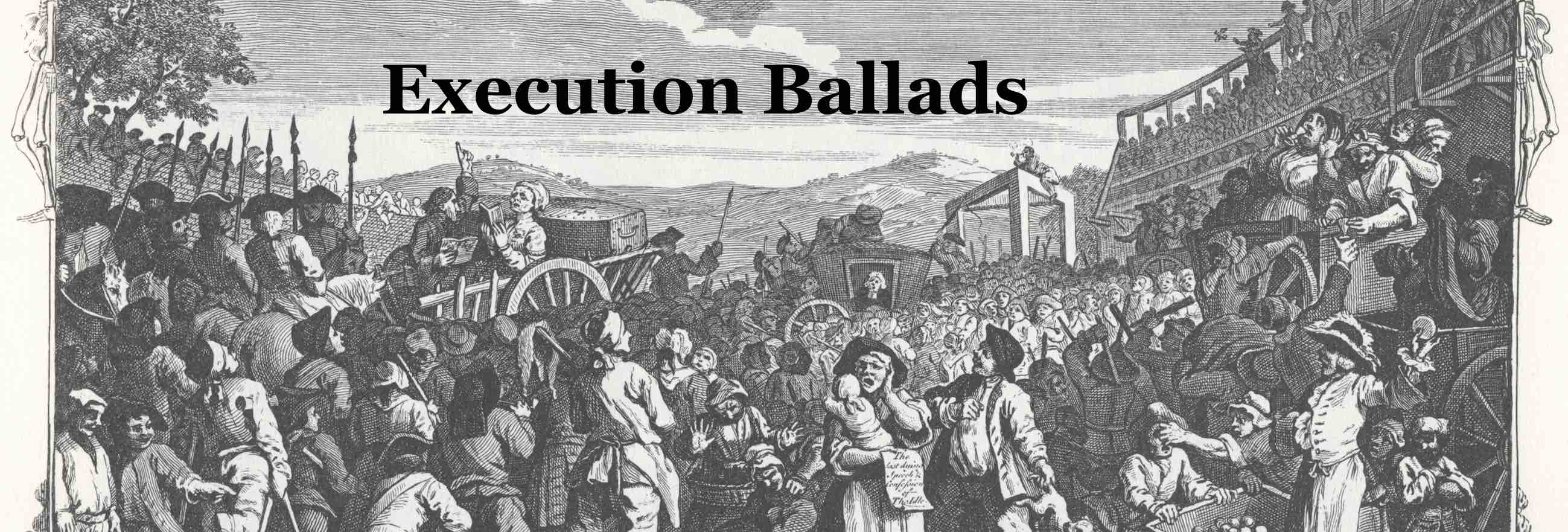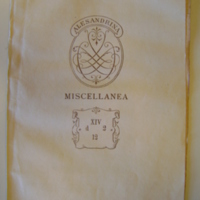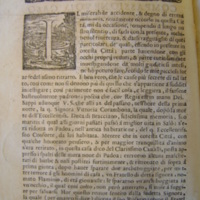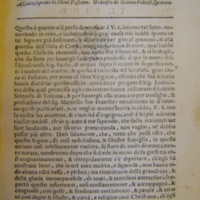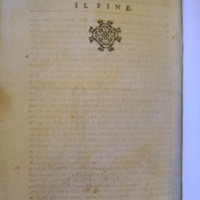Il miserabile et compassioneuol caso della morte della illustrissima signora Vittoria Acorambona, successo nella citta di Padoa.
Title
Il miserabile et compassioneuol caso della morte della illustrissima signora Vittoria Acorambona, successo nella citta di Padoa.
Subtitle
Co'l nome, & cognome delli malfattori; & come siano stati giustitiati conforme al delitto loro.
Synopsis
cf. other pamphlet:
Il miserabile compassioneuol caso, successo nella citta di Padoua. Con li nomi, & cognomi delli morti, condennati & assoluti, & il tempo della condennatione.
Il miserabile compassioneuol caso, successo nella citta di Padoua. Con li nomi, & cognomi delli morti, condennati & assoluti, & il tempo della condennatione.
Set to tune of...
prose
Date
Printing Location
In Brescia : [Vincenzo Sabbio], 1586.
Notes
Vittoria Accoramboni (15 February 1557 äóñ 22 December 1585) was an Italian lady famous for her great beauty and accomplishments and for her death, a story that was later the basis for a play and three novels.
She was born in Gubbio, the tenth child in a family belonging to the minor nobility of Gubbio, which migrated to Rome with a view to bettering their fortunes. After refusing several offers of marriage for Vittoria, her father betrothed her to Francesco Peretti, a man of no position, but a nephew of Cardinal Montalto, who was regarded as likely to become pope.
Vittoria was admired and worshipped by all the cleverest and most brilliant men in Rome, and being luxurious and extravagant although poor, she and her husband were soon plunged in debt. Among her most fervent admirers was Paolo Giordano I Orsini, duke of Bracciano, one of the most powerful men in Rome. Her brother Marcello, wishing to see her the duke's wife, had Peretti murdered (1581). The duke himself was suspected of complicity, inasmuch as he was believed to have murdered his first wife, Isabella de' Medici. Now that Vittoria was free he made her an offer of marriage, which she willingly accepted, and they were married shortly after.
But her good fortune aroused much jealousy, and attempts were made to annul the marriage; she was even imprisoned, and only liberated through the intervention of Cardinal Carlo Borromeo. On the death of Pope Gregory XIII, Cardinal Montalto, her first husband's uncle, was elected in his place as Sixtus V (1585); he vowed vengeance on the duke of Bracciano and Vittoria, who, warned in time, fled first to Venice and thence to Salö_ in Venetian territory. Here the duke died in November 1585, bequeathing to his widow all his personal property. The duchy of Bracciano passed to his son by his first wife.
Vittoria, overwhelmed with grief, went to live in retirement at Padua, where she was followed by Lodovico Orsini, a relation of her late husband and a servant of the Venetian republic, to arrange amicably for the division of the property. But a quarrel having arisen in this connection, Lodovico hired a band of bravos and had Vittoria assassinated at the end of 1585. He himself and nearly all his accomplices were afterwards put to death by order of the republic.
Popular culture
Her story formed the basis of John Webster's drama, The White Devil, or The Tragedy of Paolo Giordano Ursini, Duke of Brachiano (1612), of Stendhal's novella Vittoria Accoramboni (1837-1839), of Ludwig Tieck's novel, Vittoria Accoramboni (1840) and of Robert Merle's novel l'Idole (1987) published in English translation as Vittoria.
She was born in Gubbio, the tenth child in a family belonging to the minor nobility of Gubbio, which migrated to Rome with a view to bettering their fortunes. After refusing several offers of marriage for Vittoria, her father betrothed her to Francesco Peretti, a man of no position, but a nephew of Cardinal Montalto, who was regarded as likely to become pope.
Vittoria was admired and worshipped by all the cleverest and most brilliant men in Rome, and being luxurious and extravagant although poor, she and her husband were soon plunged in debt. Among her most fervent admirers was Paolo Giordano I Orsini, duke of Bracciano, one of the most powerful men in Rome. Her brother Marcello, wishing to see her the duke's wife, had Peretti murdered (1581). The duke himself was suspected of complicity, inasmuch as he was believed to have murdered his first wife, Isabella de' Medici. Now that Vittoria was free he made her an offer of marriage, which she willingly accepted, and they were married shortly after.
But her good fortune aroused much jealousy, and attempts were made to annul the marriage; she was even imprisoned, and only liberated through the intervention of Cardinal Carlo Borromeo. On the death of Pope Gregory XIII, Cardinal Montalto, her first husband's uncle, was elected in his place as Sixtus V (1585); he vowed vengeance on the duke of Bracciano and Vittoria, who, warned in time, fled first to Venice and thence to Salö_ in Venetian territory. Here the duke died in November 1585, bequeathing to his widow all his personal property. The duchy of Bracciano passed to his son by his first wife.
Vittoria, overwhelmed with grief, went to live in retirement at Padua, where she was followed by Lodovico Orsini, a relation of her late husband and a servant of the Venetian republic, to arrange amicably for the division of the property. But a quarrel having arisen in this connection, Lodovico hired a band of bravos and had Vittoria assassinated at the end of 1585. He himself and nearly all his accomplices were afterwards put to death by order of the republic.
Popular culture
Her story formed the basis of John Webster's drama, The White Devil, or The Tragedy of Paolo Giordano Ursini, Duke of Brachiano (1612), of Stendhal's novella Vittoria Accoramboni (1837-1839), of Ludwig Tieck's novel, Vittoria Accoramboni (1840) and of Robert Merle's novel l'Idole (1987) published in English translation as Vittoria.
Collection
Citation
“Il miserabile et compassioneuol caso della morte della illustrissima signora Vittoria Acorambona, successo nella citta di Padoa.,” Execution Ballads, accessed December 27, 2025, https://omeka.cloud.unimelb.edu.au/execution-ballads/items/show/1082.
